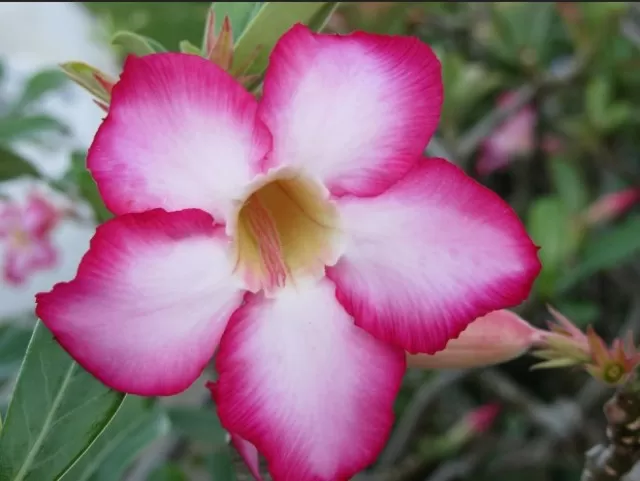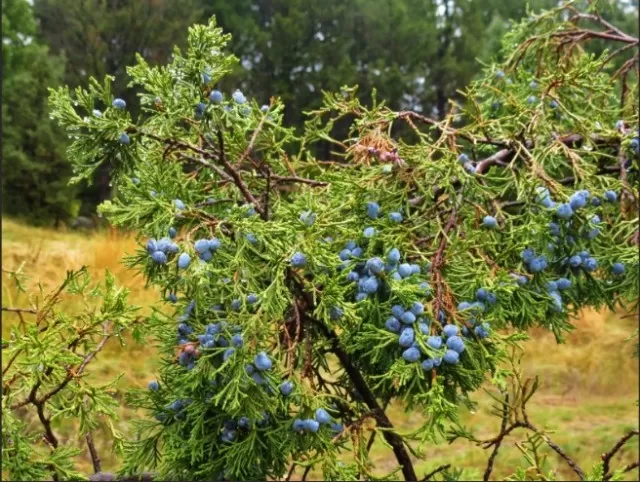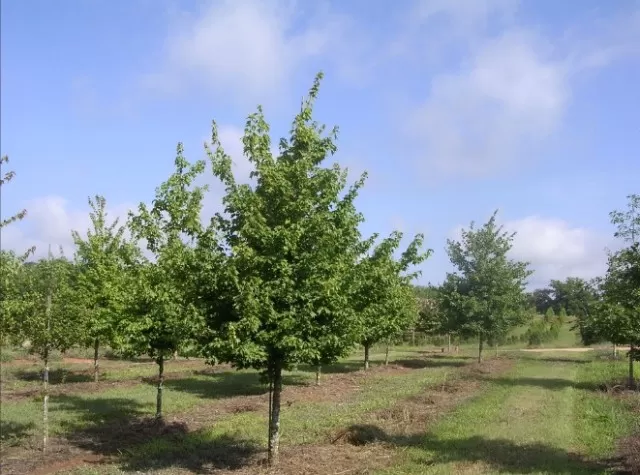10 Beginner-Friendly Bonsai Tree Varieties (Part 2). Bonsai is a time-honored horticultural art form that involves the meticulous cultivation of miniature trees, sculpting them to resemble their full-sized counterparts. The beauty of bonsai lies not only in the aesthetics of these living sculptures but also in the continuous learning and community that it fosters.
Jennifer Price, a professional bonsai artist based in Chicago, recommends connecting with a nearby bonsai club through the American Bonsai Society, regardless of your experience level. Bonsai clubs are known for their warm and welcoming nature, with many offering mentorship programs to help newcomers. Whether you’re a seasoned practitioner or just starting out, you’ll find a supportive community eager to share their knowledge and passion for this ancient art.
Michael Roberts, a respected bonsai artist and the president of the Golden State Bonsai Federation in Southern California, brings his background in sculpture and painting to the art of bonsai. He enjoys teaching others the patient practice of “growing your own little tree that tells a story.” Bonsai artists craft narratives through careful techniques like stripping branches (“jin”) and sections of the trunk (“shari”), often conveying stories of resilience and triumph over adversity.
One common misconception about bonsai is that they are indoor plants. In reality, bonsai trees thrive best outdoors, as they require natural elements like sunlight, wind, and seasonal variations to maintain their health and vitality. Caring for bonsai trees involves understanding the specific needs of your chosen species and providing protection from extreme weather conditions. For deciduous bonsai, a period of dormancy is essential.
When starting your bonsai journey, it’s best to seek out dedicated bonsai nurseries, as they offer a wide selection of tree species and provide expert guidance. Bonsai is an art form that combines craftsmanship and horticultural expertise, and it offers a lifelong journey of discovery and creativity.
Whether you’re drawn to the artistic aspect, the meditative process, or the camaraderie of the bonsai community, embarking on this journey will open doors to a world of miniature beauty and continuous learning. Bonsai is not just about cultivating trees; it’s about cultivating a deep connection with nature and fellow enthusiasts, making it an enriching and lifelong pursuit.
Desert Rose: The Beginner’s Bonsai Beauty

Hailing from the tropical regions of Africa and the Arabian Peninsula, the succulent Adenium obesum, also known as the Desert Rose, is a forgiving and excellent choice for those venturing into the world of bonsai.
Its unique charm and beginner-friendly nature make it a standout addition to any bonsai collection.
One of the most enchanting features of the Desert Rose is its stunning bell-shaped flowers, which come in a vibrant palette of red, pink, or purple.
These blossoms add a burst of color and elegance to the bonsai, creating a captivating display that captures the eye and the heart.
The Desert Rose’s aesthetic appeal extends beyond its flowers.
Its bulbous trunk, twisted branches, and gray-green leaves imbue the bonsai with character and personality. These features make each Desert Rose bonsai a unique work of art, a testament to the inherent beauty found in nature’s diverse forms.
For those new to bonsai cultivation, the Desert Rose offers a forgiving and rewarding experience.
Its hardy nature and adaptability allow beginners to learn and experiment while enjoying the beauty of this exceptional succulent.
Caring for a Desert Rose bonsai offers not only the satisfaction of nurturing a living work of art but also the opportunity to connect with the natural world in a profound and artistic way.
Whether you’re drawn to its stunning flowers, unique form, or beginner-friendly attributes, the Desert Rose is a delightful choice that brings the magic of bonsai into your life.
Ficus: A Favorite Choice for Beginner Bonsai Enthusiasts
For those embarking on their journey into the world of bonsai, the Ficus tree is a cherished and highly recommended choice.
This popular selection stands out for its hardiness, tolerance for lower light conditions, and forgiving nature when it comes to watering—a trifecta of attributes that makes it an excellent bonsai for beginners.
One of the standout qualities of the Ficus bonsai is its aerial roots, which can develop above the soil’s surface.
These roots add a unique and captivating dimension to the bonsai’s appearance, evoking a sense of ancient wonder reminiscent of scenes from Jurassic Park or the lush tropical forests of India and Asia.
In addition to its striking roots, the Ficus bonsai is known for its adaptability to various indoor environments, making it a versatile choice for bonsai enthusiasts.
It can thrive even in spaces with less direct sunlight, making it accessible to a wider range of individuals.
Caring for a Ficus bonsai is a delightful journey of exploration and artistry.
Its robust nature and distinctive features, including its remarkable aerial roots, provide a rich canvas for bonsai enthusiasts to express their creativity and connect with the natural world.
Whether you’re drawn to its unique appearance or appreciate its beginner-friendly qualities, the Ficus bonsai promises an engaging and rewarding bonsai experience, offering the opportunity to nurture a living work of art that brings a touch of nature’s magic into your home.
Juniper: A Beginner\’s Bonsai Delight

Junipers have earned a well-deserved reputation as an ideal bonsai tree for beginners.
Their responsiveness to pruning and aging techniques makes them a favorite among novice bonsai enthusiasts. Additionally, the versatility of junipers ensures that no matter where you reside in the United States, you’re likely to find a variety that thrives in your specific climate.
One of the distinctive features of junipers is the diversity of their foliage.
They come in two main types: needle-like and Scale-like. This variability in foliage offers bonsai artists a range of choices when crafting their miniature masterpieces.
Whether you prefer the fine texture of needle-like foliage or the unique character of scale-like foliage, junipers provide a captivating canvas for your bonsai endeavors.
Junipers are known for their adaptability and resilience, which make them well-suited for beginners.
As you prune and shape your juniper bonsai, you’ll witness its transformation and learn valuable techniques along the way. Whether you’re drawn to the artistry of bonsai or simply appreciate the meditative process of tending to these miniature trees, junipers offer a welcoming entry point into the world of bonsai cultivation.
Whether you’re just starting your bonsai journey or looking to expand your collection, the juniper is a reliable and rewarding choice.
Its adaptability, responsiveness to pruning, and diverse foliage types ensure that your juniper bonsai will be a source of satisfaction and artistic expression for years to come.
Rosemary: A Surprising and Hardy Bonsai Herb
Rosemary, a well-loved and hardy herb, may not be the first plant that comes to mind for bonsai, but it’s a delightful choice that holds several advantages, especially for beginners venturing into the art of bonsai cultivation.
Its adaptability, resilience, and unique characteristics make it a fantastic option for those new to the craft.
One of the standout features of rosemary is its exceptional ability to withstand pruning, a crucial aspect of bonsai care.
This makes it an ideal choice for beginners who are learning the art of shaping and training bonsai trees. The herb’s fibrous bark adds to its appeal, as it naturally sheds, contributing to the distinctive and desirable appearance of an aged tree.
Rosemary’s blue-green foliage not only offers a visually pleasing contrast but also emits a delightful evergreen scent when trimmed.
This aromatic experience enhances the sensory journey of tending to your rosemary bonsai, creating a multisensory connection with your miniature tree.
Beyond its aesthetic qualities, rosemary is also a functional and practical choice for bonsai.
As an herb, it can be used in culinary endeavors, providing fresh rosemary leaves for your kitchen. This dual purpose adds an extra layer of enjoyment and utility to your bonsai cultivation experience.
Whether you’re drawn to its unique characteristics, intrigued by its aromatic foliage, or appreciate its versatility in the kitchen, rosemary offers an unexpected and delightful twist to the world of bonsai.
It’s a hardy and resilient choice that invites beginners to explore the art of bonsai while enjoying the sensory pleasures it offers.
Trident Maple: A Beginner\’s Bonsai with Character and Grace

Acer buergerianum, commonly known as the Trident Maple, hails from China and Japan and has earned a well-deserved reputation as an excellent choice for beginners venturing into the world of bonsai.
This versatile tree possesses a combination of qualities that make it a favorite among novice bonsai enthusiasts.
One of the key attributes of the Trident Maple is its vigor.
It grows vigorously, allowing for the rapid development of a robust trunk that gives the bonsai a sense of character and age in a relatively short time. This quick progression adds to the satisfaction of cultivating a bonsai that tells a story through its appearance.
The Trident Maple’s small leaves and rough trunk further enhance its appeal as a bonsai.
These features, along with its tolerance for pruning and ability to withstand imperfect watering, make it a straightforward and rewarding choice for beginners. Whether you’re honing your pruning skills or experimenting with shaping techniques, the Trident Maple is a willing and cooperative canvas.
One of the most enchanting aspects of the Trident Maple is the transformation it undergoes in the fall.
Its deep green leaves turn to brilliant shades of orange and red, adding a spectacular burst of color to your bonsai display.
As you embark on your bonsai journey with the Trident Maple, you’ll not only enjoy its rapid development but also witness the beauty of its changing foliage.
This tree’s adaptability, aesthetics, and ease of care make it a cherished addition to any bonsai collection and a delightful way to explore the art of bonsai cultivation.
*The information is for reference only.